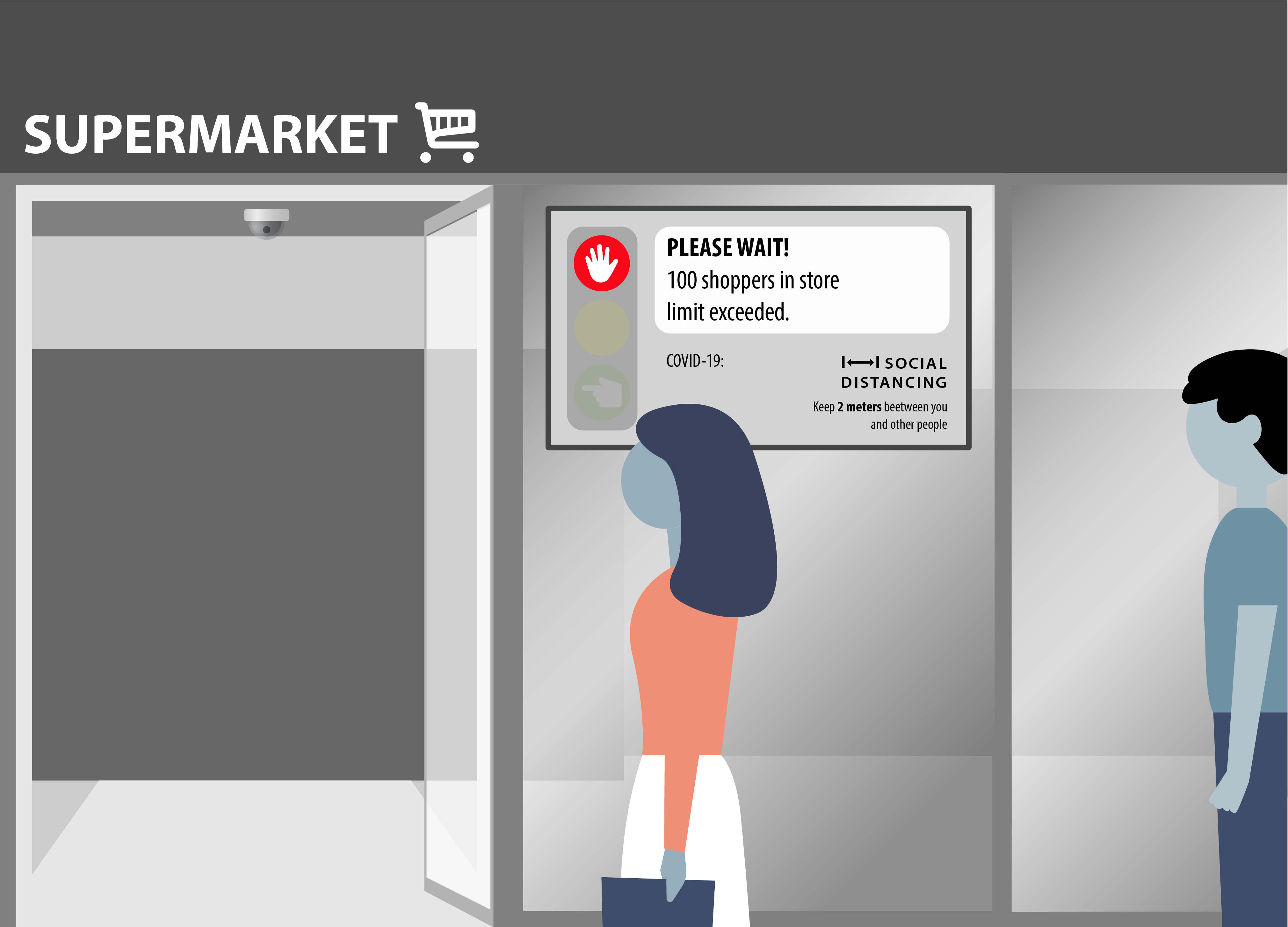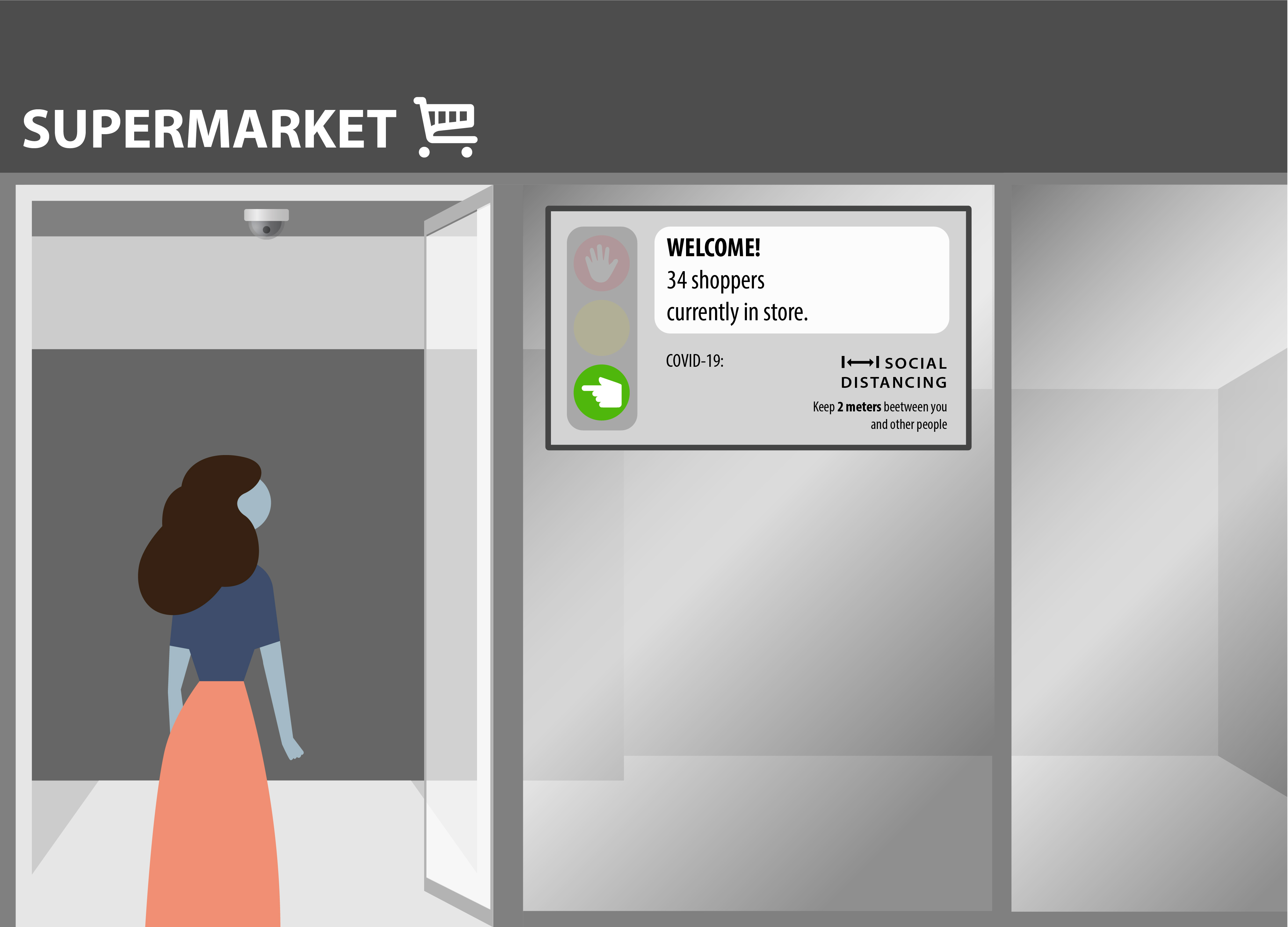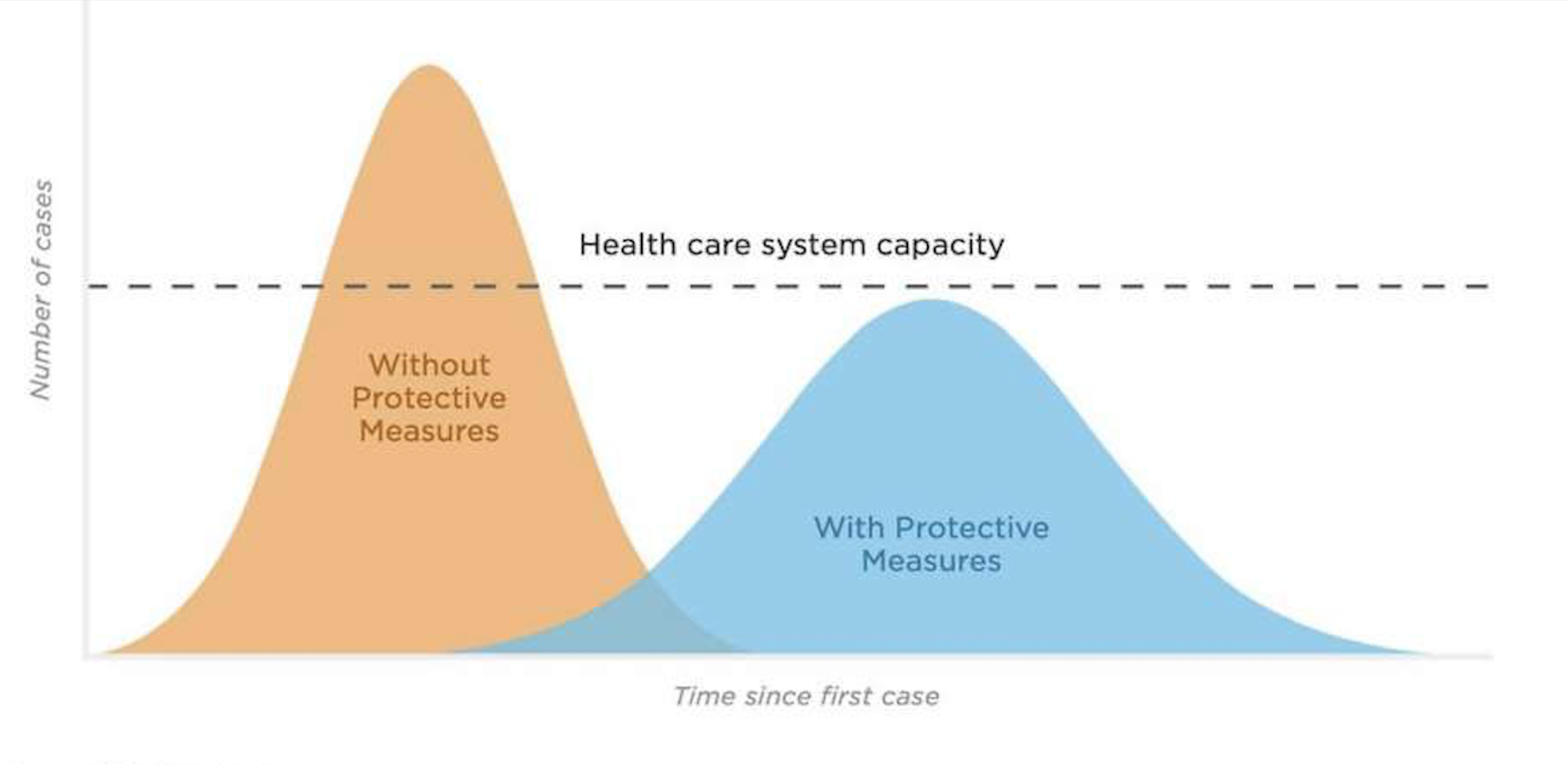In the midst of the coronavirus, many have turned to alternative solutions that will facilitate one of the key measures against the spread of the pandemic - social distancing. Purposely increasing the physical space between individuals to a minimum of 1.5 meters, such practice aims to lower the chance of catching the virus. Limiting social contact, one can become the broken link in the chain of contagion, helping to slow down the pandemic and allowing the healthcare system to better prepare for the potential influx of patients.
As social distancing is the first line of defense against the virus, the majority of countries are shutting down bars and shops, banning public gatherings and encouraging remote work. Through lockdowns and imposing strict measures, governments are trying to contain, or at least, slow down, the fast spread of the novel virus.
But what happens with essential businesses, such as grocery stores, who are forced to stay open to feed the population? Which measures are they taking to protect their staff and shoppers?
We’re already familiar with the numerous viral videos of people grabbing the last packs of toilet paper, rice and canned food from emptied supermarkets. As panic spreads faster than the virus, impatient people are forming long queues in front of stores, waiting for the opportunity to thoroughly stockpile their homes. While grocery stores and supermarkets keep their doors open, many wonder: how to allow visitors to purchase the necessary goods, while still maintaining a safe environment?
Our Shopper Guard System
Companies worldwide are tackling the issue, and here at StoreDNA, we have developed an efficient solution, the Shopper Guard System:


Tracking the number of people who have entered the store, the Shopper Guard System helps to maintain an ideal figure that prevents the virus from spreading in the grocery store.
While shoppers queue to enter the store, a display monitor with numbers shows how many people are currently shopping. Using caution signs, it instructs the shopper to either wait in a queue, or enter the store. The queuing shoppers are, through a display note, also reminded to keep a distance of two meters between each other.
Why is StoreDNA Shopper Guard System so important?
Research points out that the cause behind such a vast spread of the virus can likely be attributed to the movement of asymptomatic people or the ones with very mild symptoms. Unconcerned with the likelihood of having the virus and even more doubtful about the chances of spreading it, these cases are most likely to infect others as they do not distance themselves.
Flattening the Curve
Without tracking technologies such as the Shopper Guard System, stores do not have much power to control the spread of the pandemic. This can, in turn, lead to many people becoming infected and seeking help at an approximately same period. Putting health care systems in a fragile position, the situation quickly results in a shortage of beds, medical equipment, and staff, as was the case in Italy.
Through social distancing on the other side, one can, besides protecting their health, help slow down the spread of the virus, allowing health care systems to take better care of the patients. This method, called ‘flattening the curve’, emphasizes the benefits of protective practices as the Shopper Guard System by limiting the surge of a large number of patients in a short time.

Protect staff in stores
Besides protecting shoppers and helping the healthcare system, innovative technologies also protect staff working in stores. Being at the front line of the crisis, grocery stores are essential businesses that must remain open. However, with its constant flow of shoppers coming from the outside, they pose a fertile ground for the virus.
To ensure safety, the stores offer disinfecting wipes, gloves and hand sanitizers. Some also offer designated store hours for the elderly, give employees additional sick leave, they have adjusted their working hours and have built plexiglass sneeze guards. On the other side, several grocery stores in the US do now allow staff to wear masks, causing a feeling of unsafety among the workers.
*To protect shoppers, experts share several tips: before and after shopping, make sure to apply germicide on your hands and the cart. Through Google Location, check when your supermarket has the lowest foot traffic and go shopping when it is less busy. When in-store, to avoid unnecessary contact, use a credit card for paying, or virtual services such as Apple Pay.
But how helpful are all the current measurements of prevention, if shoppers do not pass any form of initial check-up before entering the store and do not respect social distancing?
Although current measurements improve the level of hygiene, it is technologies such as the Shopper Guard System that have the real potential to prevent the spread of the virus one step ahead. Playing a key role in protecting the invaluable staff in-store and the shoppers, they encourage effective social distancing, lower the chances of the virus spread, and offer a more pleasant shopping experience.